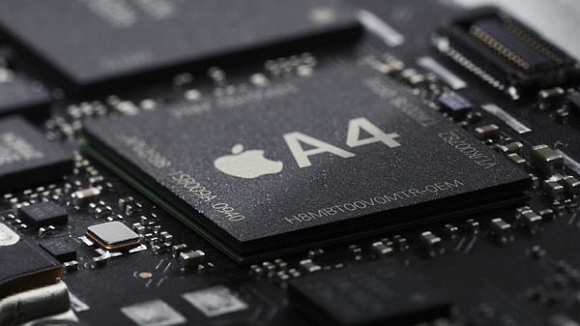
June’s coming hard and fast but it’s not coming soon enough.
Although we’re still weeks away from the much speculated launch of the 4th generation iPhone, thanks to the many leaks and insider views, we now have a pretty good picture of what we can expect come this 7 June.
The latest set of specs revealed by an analyst from Digitimes indicates that the latest iPhone could be set to launch with a print magazine quality 960 x 640 display with a combination of both in-plane switching (IPS) and fringe-field switching (FFS) technology, plus a healthy 512MB of RAM.
If this is to be true then we can be pretty sure that the new iPhone will have one of the most advanced displays for a smartphone device. As it stands the highest resolution Android smartphone is churning a much lower 854 x 480 (Motorola Droid/Milestone and Sony Ericsson Xperia X10).
Already, tests have revealed that the current crop iPhone 3GS has an industry leading touchscreen. IPS is the technology used in the new iMac and iPad, FFS in the HTC Legend, and both help increase viewing angles and display quality by some margin. The report notes that LG Display and Prime View International will be supplying the displays.
On top of that, to boost battery life, the iPhone HD/4G display will be 33% thinner compared to the 3GS to accomodate a bigger battery module.
Digitimes also revealed that the the iPhone HD/4G will not run run the multicore Cortex A9 architecture but instead Apple will stick with the ARM Cortex A8 currently found in the iPhone 3GS and iPd A4 SoC, but they’ll be doubling the RAM to 512MB which should be especially useful to accomodate the multitasking feature supported on the iPhone OS 4.
The 512MB RAM reported in Digitimes does conflict with the 256MB RAM speculated earlier based on the now infamous lost/stolen iPhone prototypes. But nothing is definitive yet.
The report also says the Foxconn will ship 24 million of the iPhone HD/4G starting from June. Specifically, an initial shipment of 4.5 million units will go out at launch and an additional 19.5 million units will ship for the rest of 2010.
[source]






